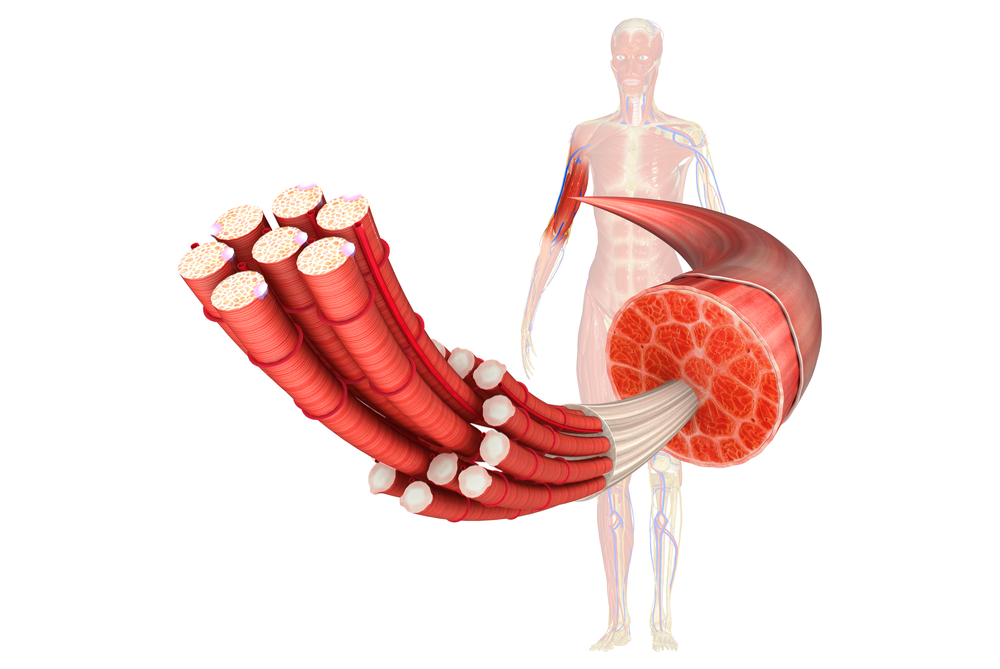ALS P56S-VAPB Mutation Suppresses Muscle Fiber Formation

In a recent study entitled “ALS-Linked P56S-VAPB Mutation Impairs the Formation of Multinuclear Myotube in C2C12 Cells” researchers investigated the role of a mutation associated with ALS type-8 (ALS8) – P56S-VAPB mutation – on skeletal muscle cells homeostasis and muscle formation. The study was published in the International Journal of Molecular Sciences.
Amyotrophic lateral sclerosis (ALS), also known as Lou Gehrig’s disease and Charcot disease, is a rapidly progressive neurodegenerative disorder characterized by death of motor neurons. ALS is the most common motor neuron disease in adults, with patients experiencing initially muscle weakness and atrophy, followed by progressive paralysis. While initially thought as a disease affecting only motor neurons, recent studies suggest that non-neuron cells have a key role in motor neuron degeneration. These include additional cells of the brain – microglia cells and astrocytes – but also cells in the skeletal muscles (those that control movement of the skeleton, as in walking and lifting). Hence, ALS disrupts the normal function of muscle cells, however, its mechanism of action is currently unclear.
The team investigated how muscle maintenance is disturbed upon motor neuron death. Researchers focused specifically on ALS induced by a mutation (ALS type-8, caused by a mutation in the gene encoding vesicle-associated membrane protein-associated protein B, VAPB). The protein, VAPB, was shown to activate an important pathway responsible for maintaining cellular homeostasis, known as Unfolded Protein Response (UPR). ALS pathogenesis was previously linked to loss of cellular homeostasis and activation of the UPR pathway, and more recently, a VAPB mutation (the P56S-VAPB mutation) in abnormal UPR.
The team used a muscle (myoblasts) cell line – C2C12 cells – to investigate how differentiation and regeneration of skeletal muscle cells is affected by the P56S-VAPB mutation. They generated C2C12 cells that overexpressed either the normal, full functional VAPB protein or mutated P56S-VAPB protein, observing how different cells behaved when overexpressing a defective protein. The team discovered that in P56S-VAPB-expressing cells the formation of muscle fibers (myotubes) was suppressed, when compared to wild type-VAPB cells.
Moreover, P56S-VAPB-expressing cells had aberrant myonuclear position and a disrupted UPR pathway, specifically the UPR arm mediated by proteins IRE1-XBP1.
The team suggests that disrupting the UPR IRE1-XBP1 pathway is a potential triggering mechanism for reducing myotube formation in P56S-VAPB-expressing cells and may therefore be altered in myosatellite cells of patients with several types of inherited ALS.






